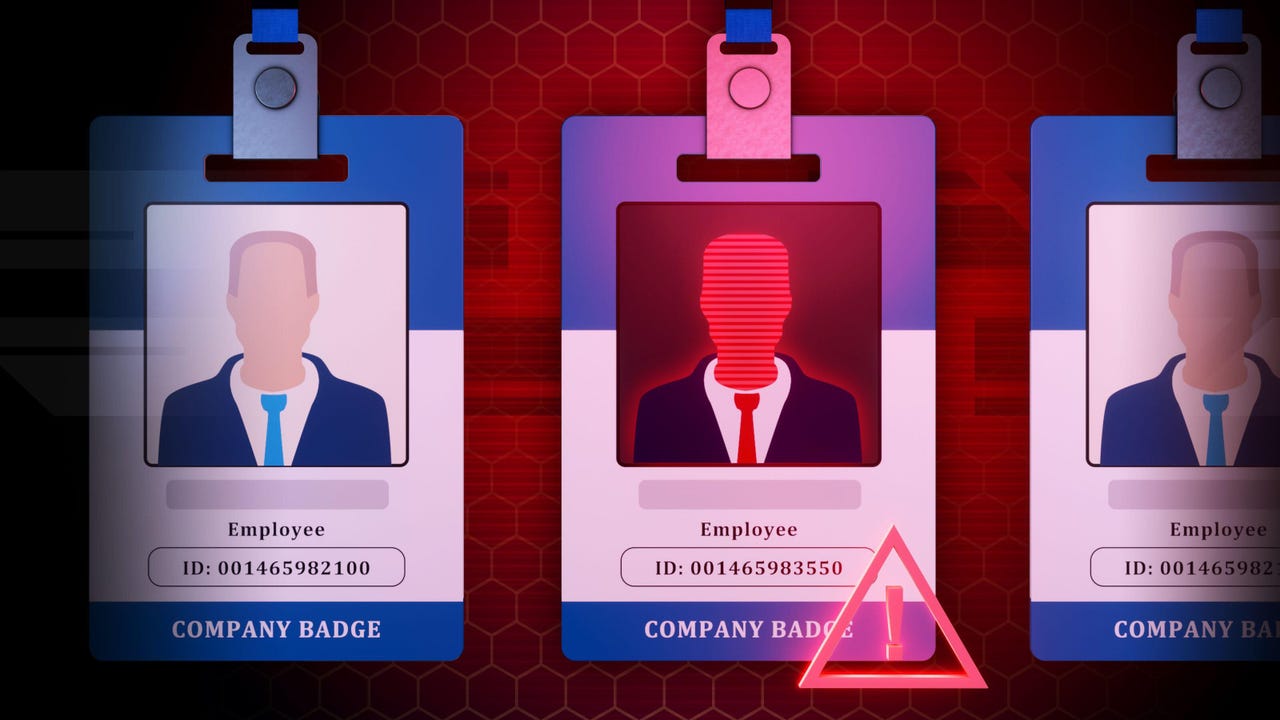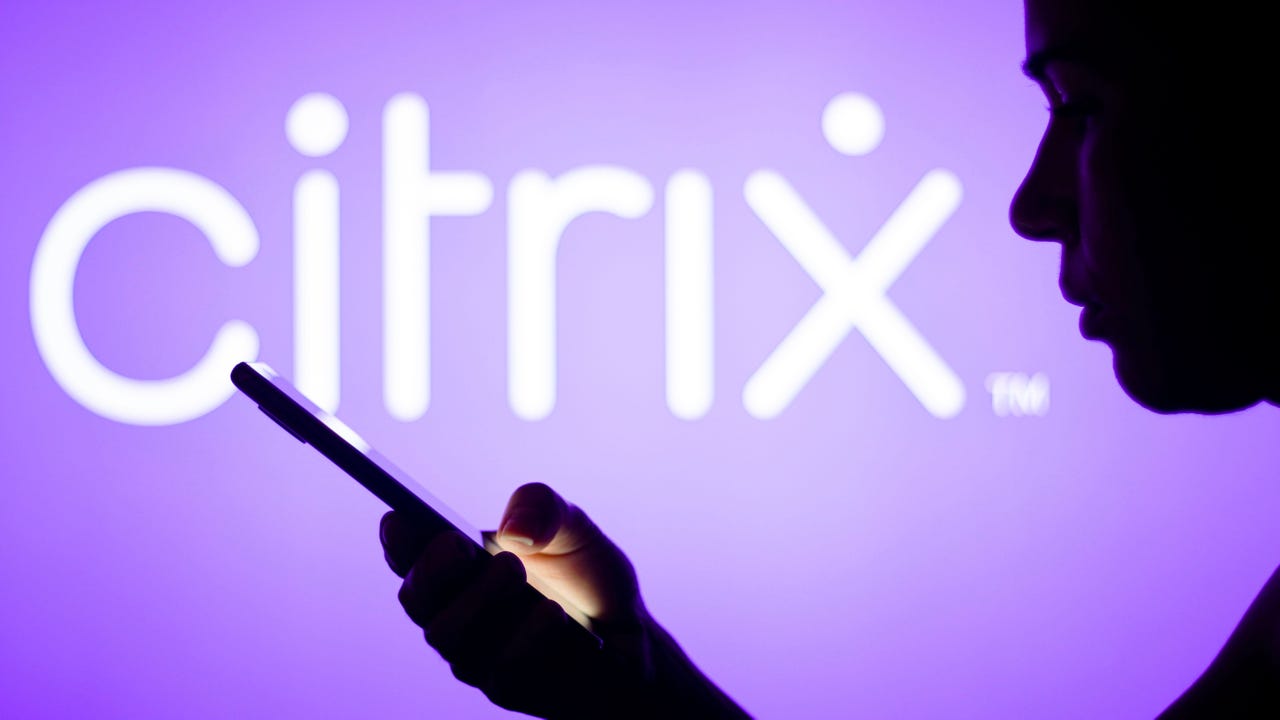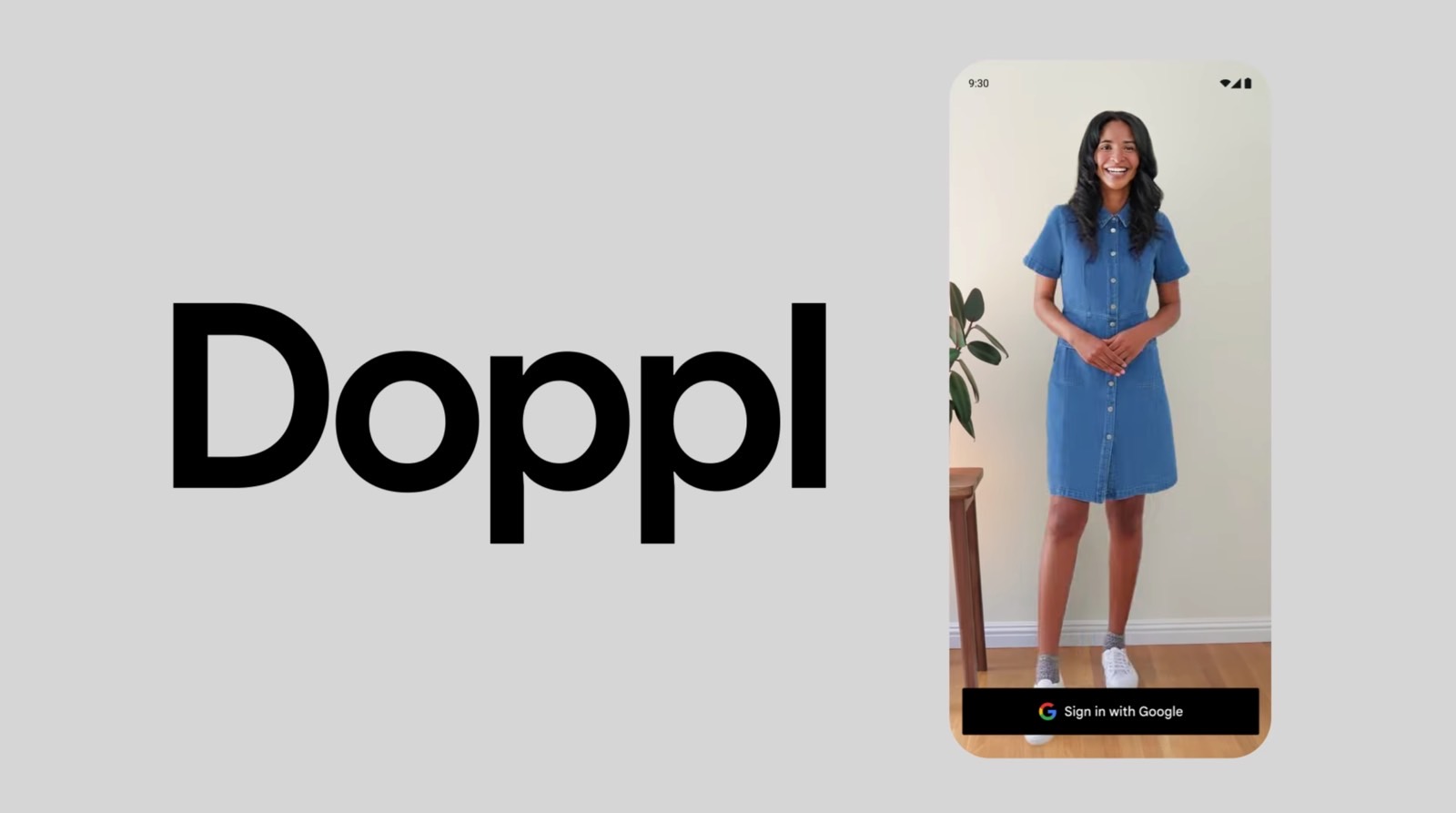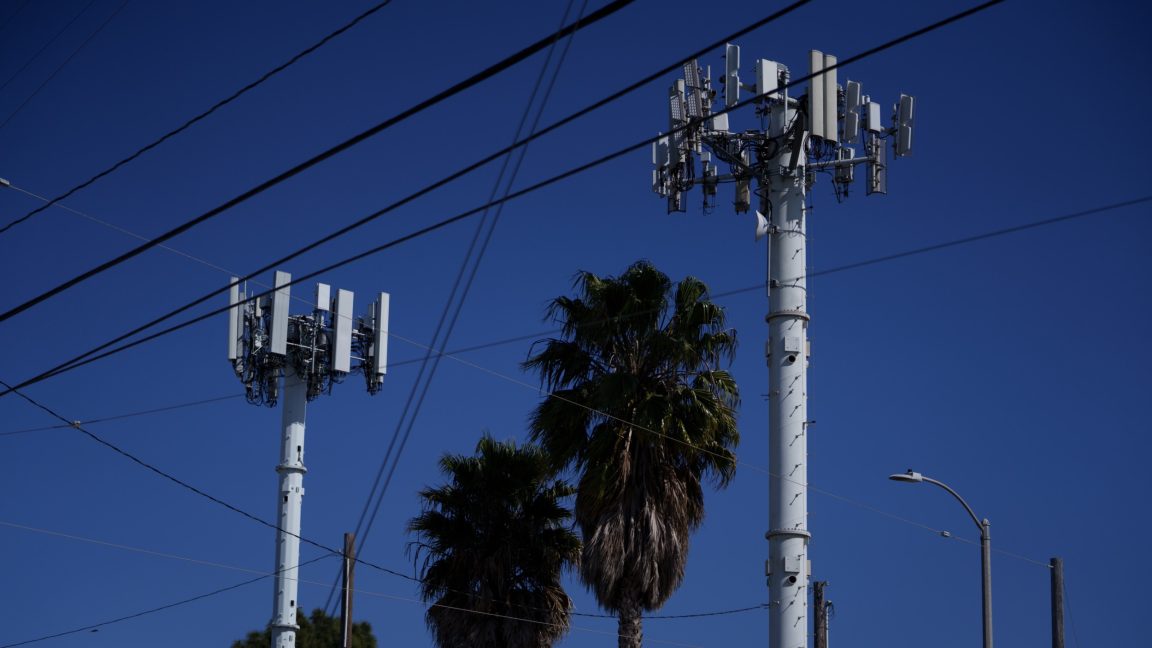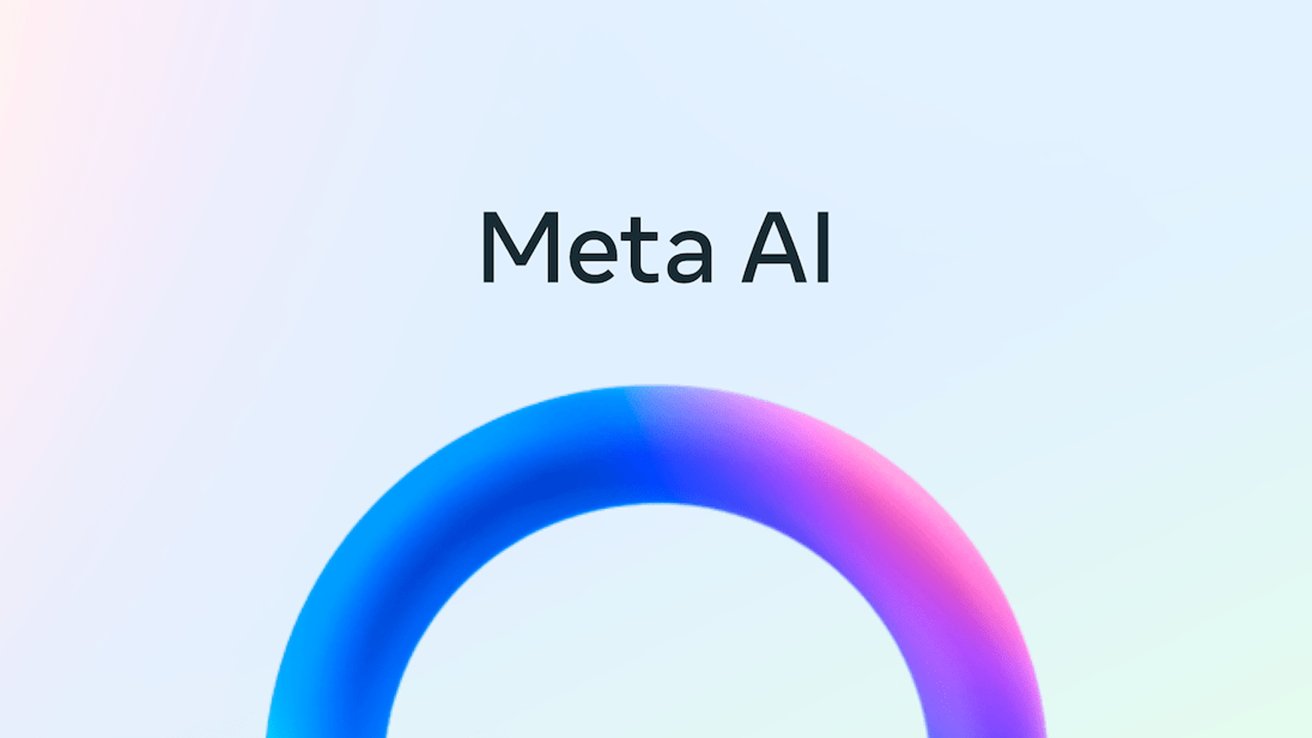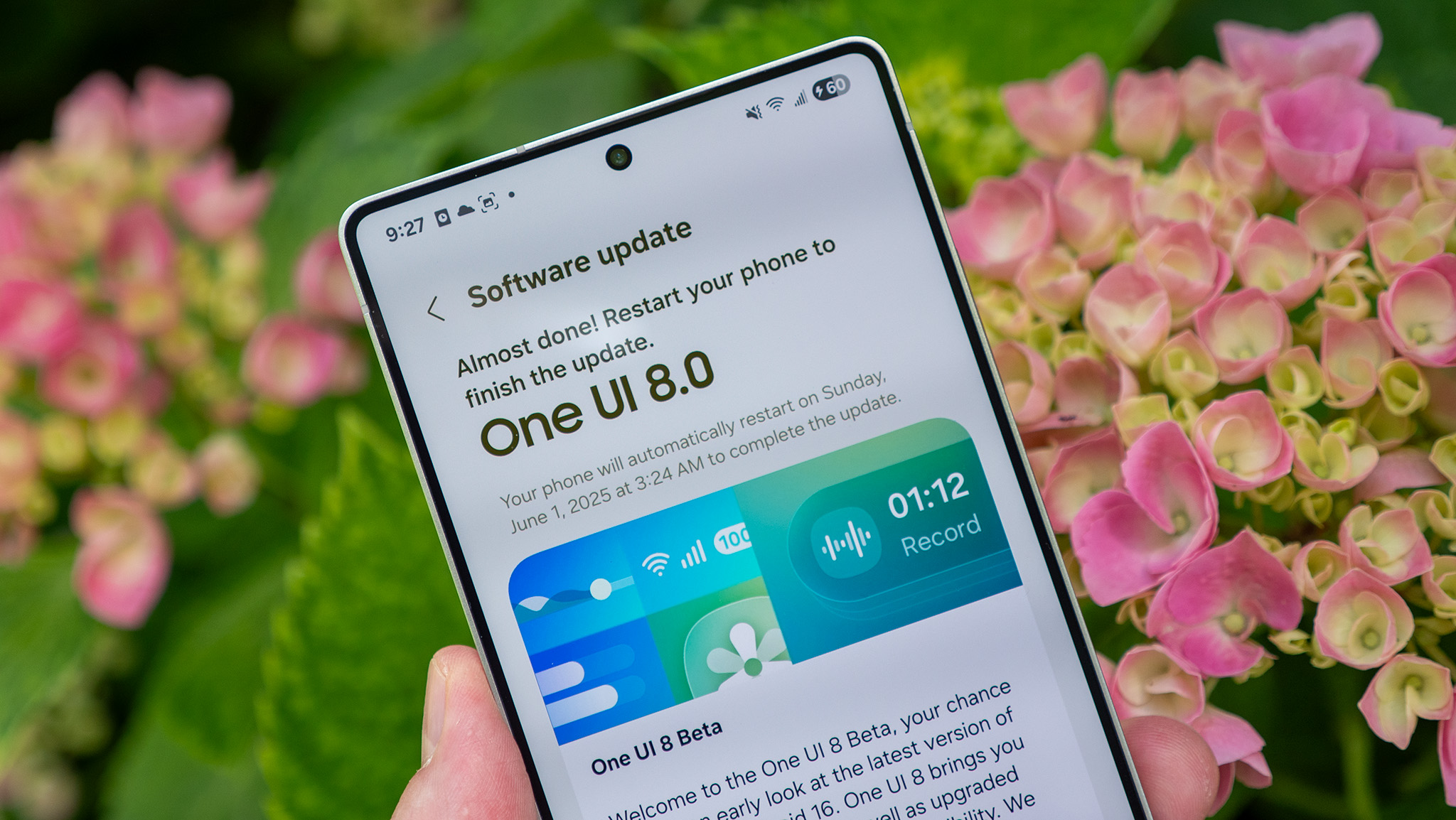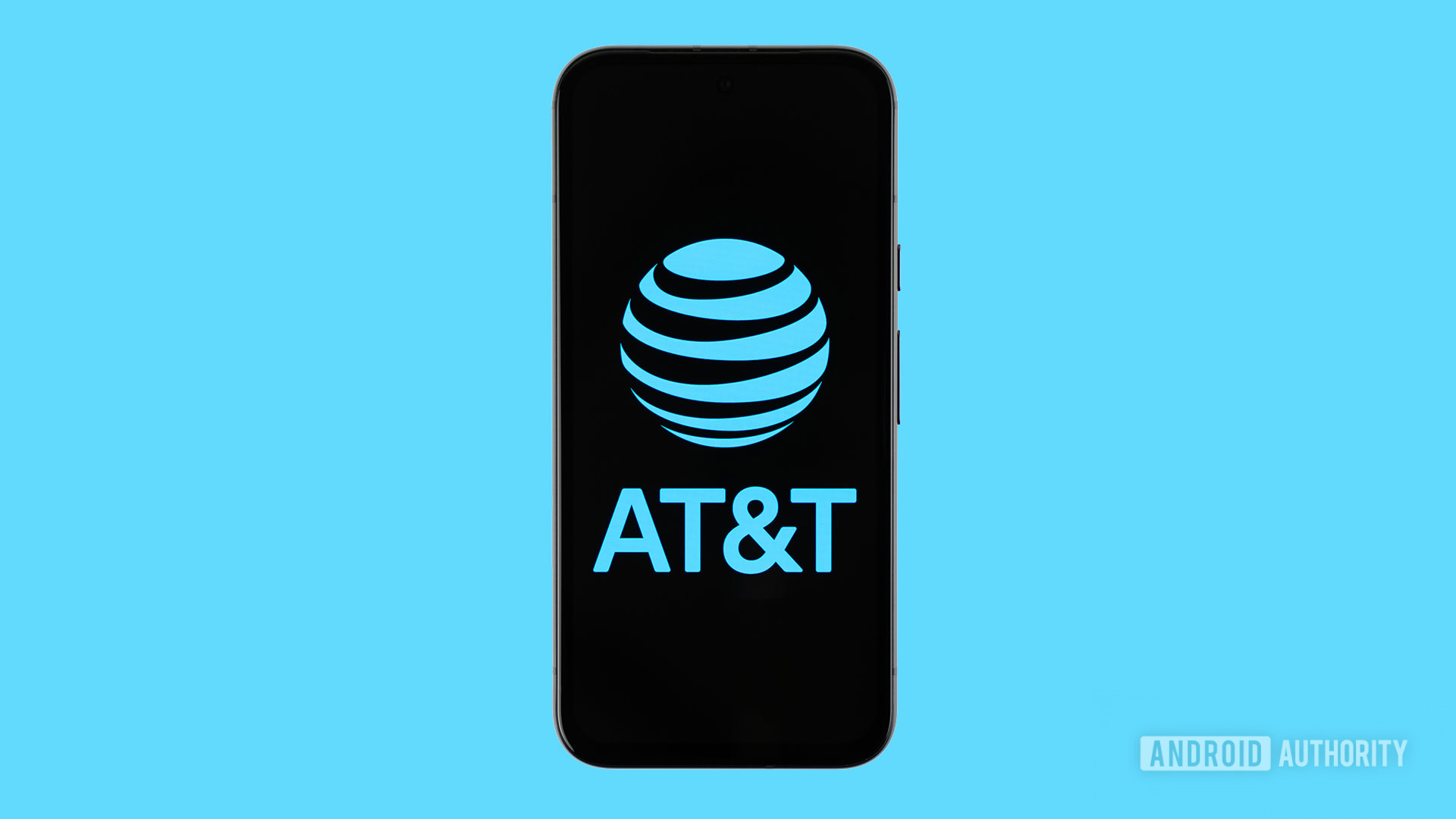What is a CRLF Injection Attack?
A CRLF injection attack is a serious web application vulnerability where cybercriminals inject malicious Carriage Return (CR) and Line Feed (LF) characters into the HTTP response. These characters, represented as \r and \n, are used to signify the end of a line and to separate headers from the content in HTTP responses. When a web application fails to properly sanitize user inputs, attackers exploit this loophole by injecting CRLF characters, misleading the server into thinking a new header or response has started. This manipulation can lead to HTTP response splitting and log poisoning, which further pave the way for advanced attacks like cross-site scripting (XSS), session fixation, and cache-based defacement. By tampering with the structure of HTTP responses, attackers can deceive browsers, manipulate server responses, and launch broader security breaches. Key Concepts of CRLF Injection CRLF injection revolves around three main concepts: injection mechanism, log file tampering, and HTTP response splitting. The injection mechanism involves inserting crafted CRLF sequences into user inputs, allowing attackers to terminate existing lines and start new ones within HTTP responses. Log file tampering enables attackers to corrupt application logs by adding fake entries using CRLF characters, making it difficult for system administrators to track malicious activities. HTTP response splitting, another key concept, lets attackers manipulate HTTP headers and bodies by injecting CRLF sequences, enabling the generation of multiple responses from a single HTTP request. This exploitation can lead to severe data breaches and unauthorized access. The Consequences of CRLF Attacks CRLF attacks can have widespread consequences, enabling attackers to perform various malicious activities. One major impact is Cross-Site Scripting (XSS), where attackers inject malicious scripts into web pages by exploiting HTTP header manipulation. Session fixation is another consequence, where attackers set a malicious session ID to hijack user sessions. CRLF attacks also facilitate phishing attacks by redirecting users to fake web pages or delivering malware. Cookie injection is a prevalent tactic where attackers manipulate browser cookies to impersonate users or gain unauthorized access. Additionally, web cache poisoning occurs when attackers poison cached content through CRLF injections, affecting all users accessing the cache. Server-Side Request Forgery (SSRF) is another advanced attack enabled by CRLF injection, tricking servers into making unauthorized internal requests. Lastly, HTTP parameter pollution occurs when CRLF injections modify query parameters, leading to abnormal web application behavior. Types of CRLF Injection Attacks Attackers exploit various forms of CRLF injection attacks to carry out their malicious activities. CRLF injection in log files is common, where attackers inject false entries to mislead security teams and obscure their actions. HTTP response splitting is another prevalent attack type, where attackers insert CRLF sequences to split HTTP responses, manipulate headers, and alter response bodies. Memcached injection involves injecting CRLF characters into cached data, corrupting cache entries, and causing abnormal application behavior. HTTP header injection, although similar to response splitting, focuses on injecting malicious headers like “Set-Cookie” to compromise browser sessions and track user data. These varied attack types highlight the different ways CRLF injection can be leveraged to disrupt web applications and compromise user security. Preventing CRLF Injection Attacks Preventing CRLF injection attacks requires a multi-layered approach. First, developers should avoid directly inserting user inputs into HTTP streams without proper sanitization. Encoding or eliminating CRLF and newline characters from user inputs is crucial to prevent header manipulation. Disabling unused HTTP headers reduces the attack surface and minimizes vulnerabilities. Additionally, removing CRLF sequences from logged data helps prevent log poisoning attacks. Adopting secure coding practices and following industry guidelines further strengthens the application’s security posture. Regular testing and patching of web applications are essential to identify and fix vulnerabilities before attackers exploit them. Implementing a Web Application Firewall (WAF) adds an extra layer of defense by filtering HTTP requests and blocking malicious CRLF sequences. These combined efforts help mitigate the risks of CRLF injection attacks and safeguard web applications from exploitation. CRLF Protection with CloudDefense.AI In today’s complex cybersecurity landscape, CloudDefense.AI stands out as a leading solution for protecting against CRLF injection attacks. By leveraging advanced security technologies, CloudDefense.AI offers comprehensive protection for web applications, ensu

A CRLF injection attack is a serious web application vulnerability where cybercriminals inject malicious Carriage Return (CR) and Line Feed (LF) characters into the HTTP response. These characters, represented as \r and \n, are used to signify the end of a line and to separate headers from the content in HTTP responses.
When a web application fails to properly sanitize user inputs, attackers exploit this loophole by injecting CRLF characters, misleading the server into thinking a new header or response has started. This manipulation can lead to HTTP response splitting and log poisoning, which further pave the way for advanced attacks like cross-site scripting (XSS), session fixation, and cache-based defacement. By tampering with the structure of HTTP responses, attackers can deceive browsers, manipulate server responses, and launch broader security breaches.
Key Concepts of CRLF Injection
CRLF injection revolves around three main concepts: injection mechanism, log file tampering, and HTTP response splitting. The injection mechanism involves inserting crafted CRLF sequences into user inputs, allowing attackers to terminate existing lines and start new ones within HTTP responses.
Log file tampering enables attackers to corrupt application logs by adding fake entries using CRLF characters, making it difficult for system administrators to track malicious activities. HTTP response splitting, another key concept, lets attackers manipulate HTTP headers and bodies by injecting CRLF sequences, enabling the generation of multiple responses from a single HTTP request. This exploitation can lead to severe data breaches and unauthorized access.
The Consequences of CRLF Attacks
CRLF attacks can have widespread consequences, enabling attackers to perform various malicious activities. One major impact is Cross-Site Scripting (XSS), where attackers inject malicious scripts into web pages by exploiting HTTP header manipulation. Session fixation is another consequence, where attackers set a malicious session ID to hijack user sessions.
CRLF attacks also facilitate phishing attacks by redirecting users to fake web pages or delivering malware. Cookie injection is a prevalent tactic where attackers manipulate browser cookies to impersonate users or gain unauthorized access. Additionally, web cache poisoning occurs when attackers poison cached content through CRLF injections, affecting all users accessing the cache.
Server-Side Request Forgery (SSRF) is another advanced attack enabled by CRLF injection, tricking servers into making unauthorized internal requests. Lastly, HTTP parameter pollution occurs when CRLF injections modify query parameters, leading to abnormal web application behavior.
Types of CRLF Injection Attacks
Attackers exploit various forms of CRLF injection attacks to carry out their malicious activities. CRLF injection in log files is common, where attackers inject false entries to mislead security teams and obscure their actions. HTTP response splitting is another prevalent attack type, where attackers insert CRLF sequences to split HTTP responses, manipulate headers, and alter response bodies.
Memcached injection involves injecting CRLF characters into cached data, corrupting cache entries, and causing abnormal application behavior. HTTP header injection, although similar to response splitting, focuses on injecting malicious headers like “Set-Cookie” to compromise browser sessions and track user data. These varied attack types highlight the different ways CRLF injection can be leveraged to disrupt web applications and compromise user security.
Preventing CRLF Injection Attacks
Preventing CRLF injection attacks requires a multi-layered approach. First, developers should avoid directly inserting user inputs into HTTP streams without proper sanitization. Encoding or eliminating CRLF and newline characters from user inputs is crucial to prevent header manipulation. Disabling unused HTTP headers reduces the attack surface and minimizes vulnerabilities. Additionally, removing CRLF sequences from logged data helps prevent log poisoning attacks.
Adopting secure coding practices and following industry guidelines further strengthens the application’s security posture. Regular testing and patching of web applications are essential to identify and fix vulnerabilities before attackers exploit them. Implementing a Web Application Firewall (WAF) adds an extra layer of defense by filtering HTTP requests and blocking malicious CRLF sequences. These combined efforts help mitigate the risks of CRLF injection attacks and safeguard web applications from exploitation.
CRLF Protection with CloudDefense.AI
In today’s complex cybersecurity landscape, CloudDefense.AI stands out as a leading solution for protecting against CRLF injection attacks. By leveraging advanced security technologies, CloudDefense.AI offers comprehensive protection for web applications, ensuring that user inputs are properly sanitized and monitored.
The platform’s proactive detection mechanisms identify and block malicious CRLF sequences before they can impact the application. Additionally, CloudDefense.AI’s robust security framework helps prevent related attacks like XSS, session fixation, and cache poisoning. By incorporating CRLF protection into its suite of security measures, CloudDefense.AI enables organizations to fortify their web applications and maintain a strong security posture against evolving threats.




































































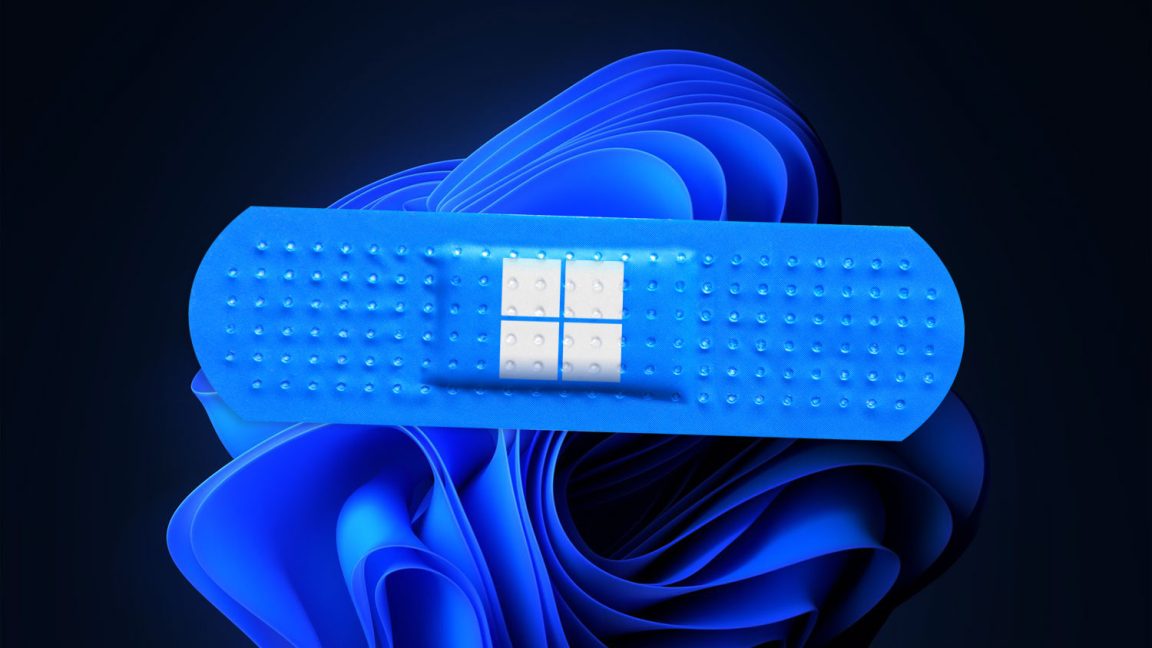


















































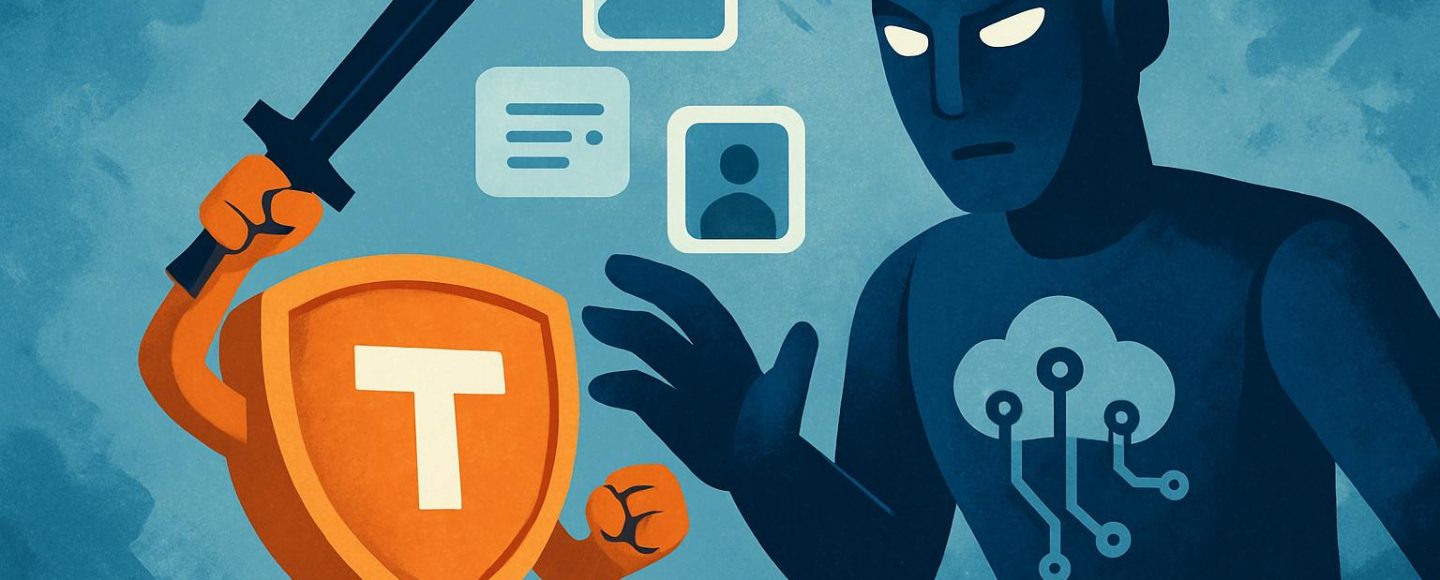






















































![[The AI Show Episode 156]: AI Answers - Data Privacy, AI Roadmaps, Regulated Industries, Selling AI to the C-Suite & Change Management](https://www.marketingaiinstitute.com/hubfs/ep%20156%20cover.png)
![[The AI Show Episode 155]: The New Jobs AI Will Create, Amazon CEO: AI Will Cut Jobs, Your Brain on ChatGPT, Possible OpenAI-Microsoft Breakup & Veo 3 IP Issues](https://www.marketingaiinstitute.com/hubfs/ep%20155%20cover.png)

























































































































![Rust VS Go VS TypeScript – which back end language is for you? With Tai Groot [Podcast #176]](https://cdn.hashnode.com/res/hashnode/image/upload/v1750974265013/73f79068-0087-4c39-8a8b-feea8cac873b.png?#)





















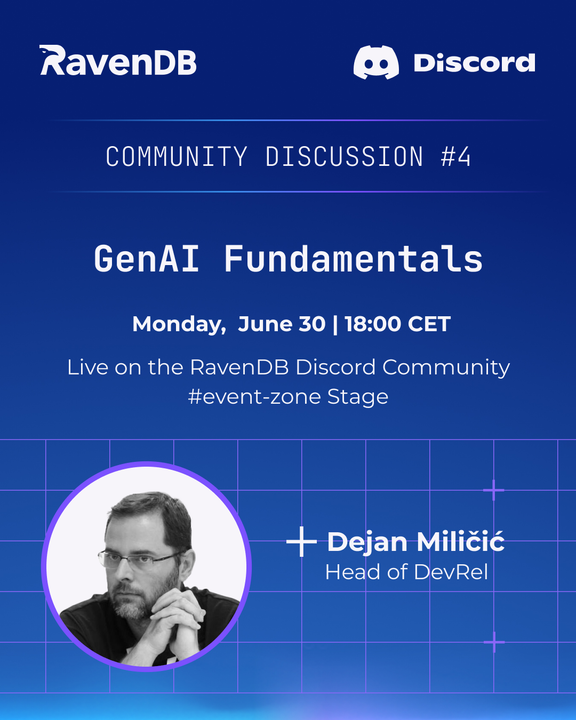


























































































.jpg?width=1920&height=1920&fit=bounds&quality=70&format=jpg&auto=webp#)
























